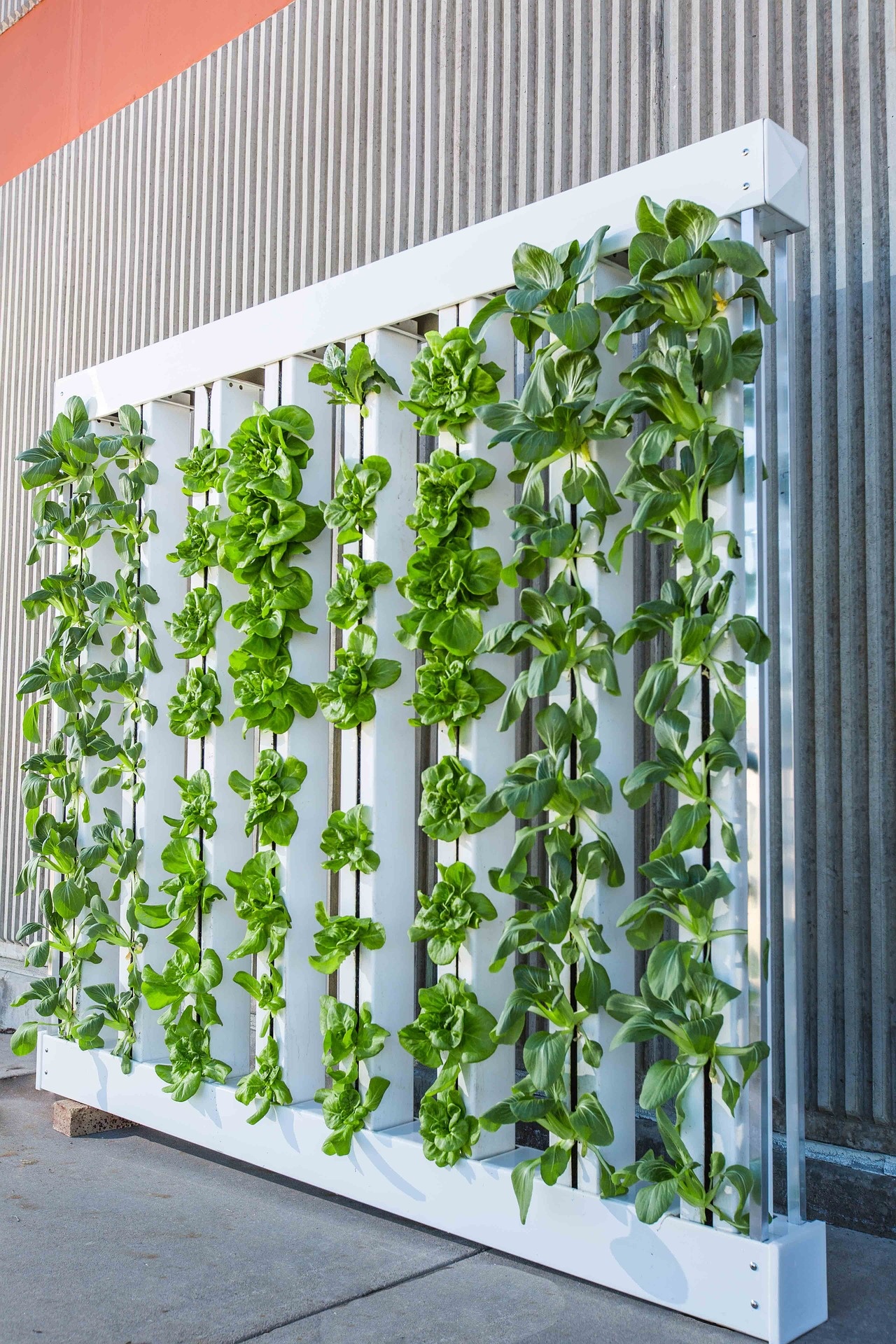DIY Living Room Vertical Garden Installation
DIY Living Room Vertical Garden Installation
A vertical garden is a great way to add greenery to your living room without taking up a lot of space. It can also help to improve the air quality in your home. If you're looking for a DIY project that's both stylish and functional, a vertical garden is a great option.
This guide will walk you through the process of installing a vertical garden in your living room. We'll provide tips on choosing the right plants, building the structure, and maintaining your garden.
Choosing the Right Plants

The first step is to choose the right plants for your vertical garden. You'll want to choose plants that are tolerant of growing in small spaces and that don't require a lot of water. Some good options for vertical gardens include:
- Succulents
- Air plants
- Vines
- Ferns
- Cacti
Once you've chosen your plants, you can start to plan the layout of your garden.

Building the Structure
The next step is to build the structure for your vertical garden. You can use a variety of materials to create your structure, such as wood, metal, or PVC pipe. If you're not comfortable with DIY projects, you can also purchase a pre-made vertical garden kit.
Here are some tips for building your vertical garden structure:

- Make sure the structure is sturdy enough to support the weight of the plants.
- Use a waterproof material for the bottom of the structure to prevent water from seeping out.
- Leave enough space between the plants so that they have room to grow.
Planting the Plants
Once you've built the structure, you can start planting your plants. Here are some tips for planting your vertical garden:
- Start by filling the bottom of the structure with potting soil.
- Space the plants evenly throughout the structure.
- Water the plants thoroughly after planting.
You can also add a layer of mulch to the top of the soil to help retain moisture and prevent weeds.
Maintaining Your Garden
Once your vertical garden is established, it's important to maintain it regularly. Here are some tips for maintaining your garden:
- Water your plants regularly, especially during dry periods.
- Fertilize your plants according to the package directions.
- Prune your plants as needed to keep them healthy and to encourage new growth.
- Inspect your garden regularly for pests and diseases and treat them accordingly.
With a little care, your vertical garden can add beauty and life to your living room for many years to come.
Additional Tips
Here are some additional tips for creating a successful vertical garden:
- Use a variety of plants to create a visually interesting display.
- Choose plants that will thrive in the conditions in your living room.
- Be creative with your design and don't be afraid to experiment.
- Have fun!
A vertical garden is a great way to add a touch of nature to your living room. It's also a great way to show off your green thumb. So what are you waiting for? Start planning your vertical garden today!
